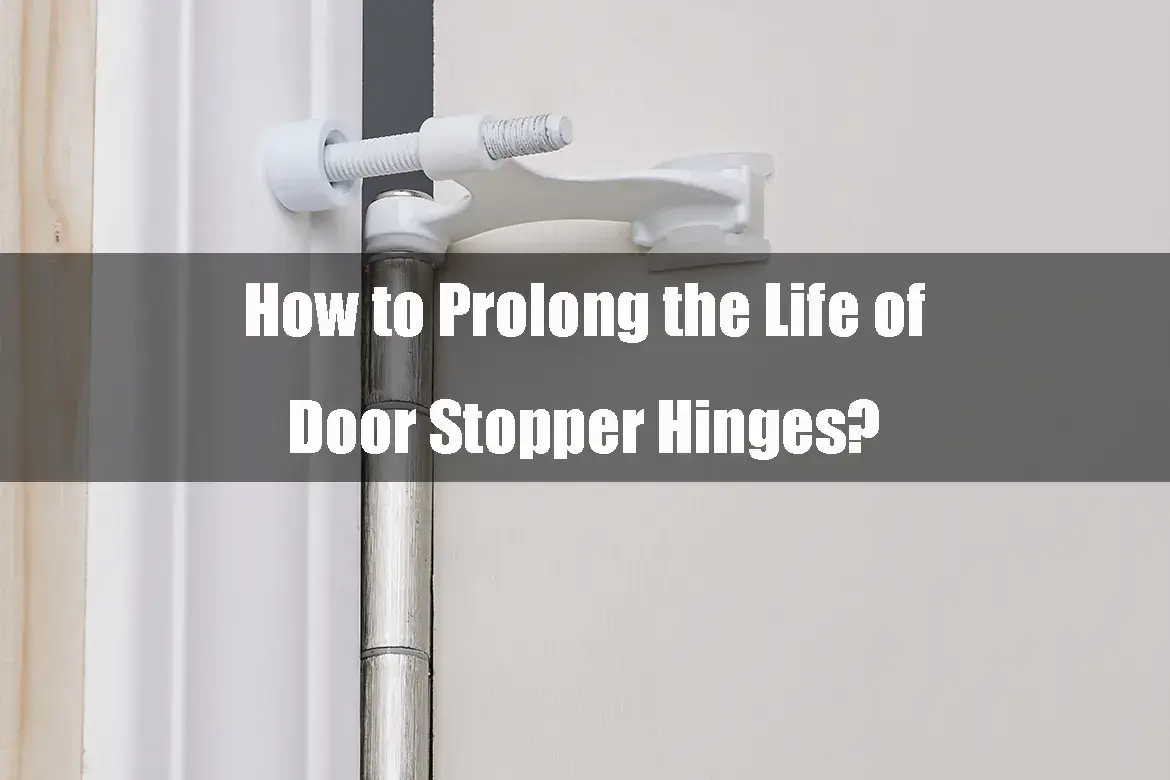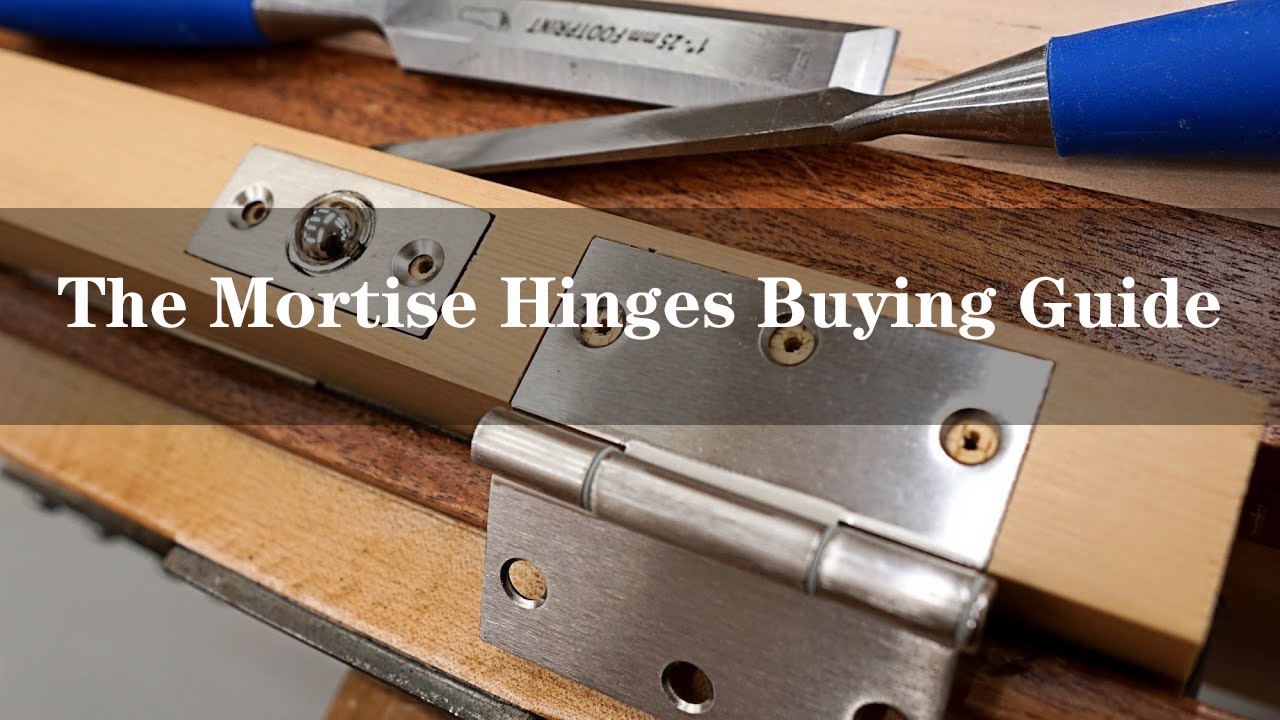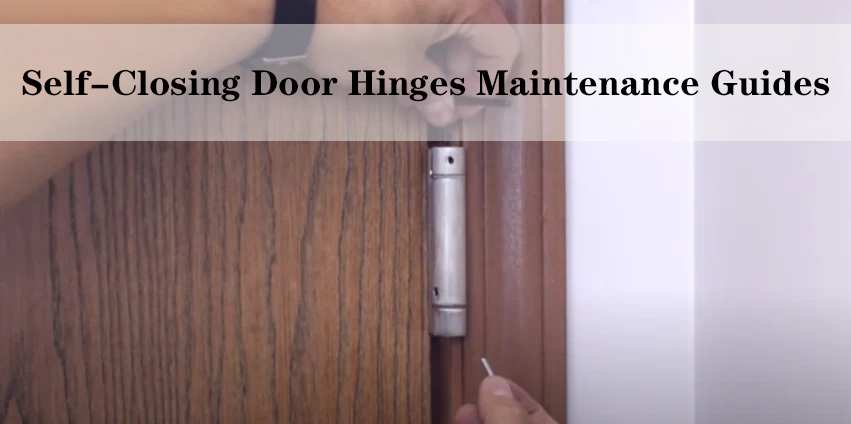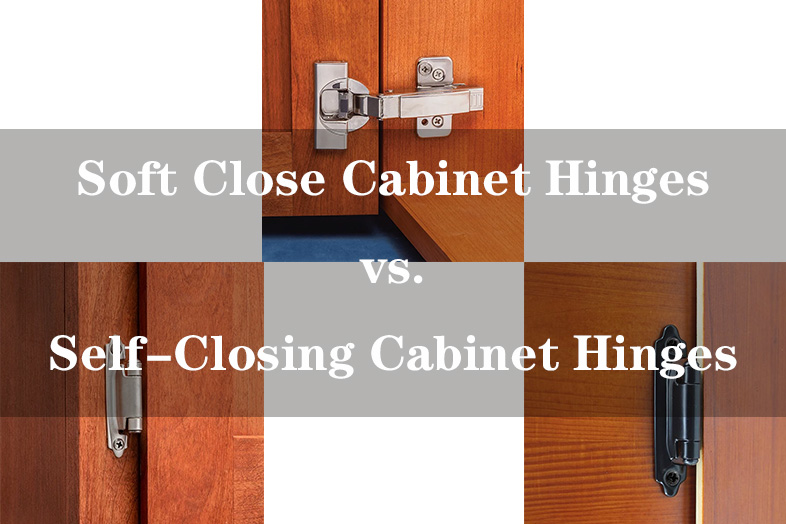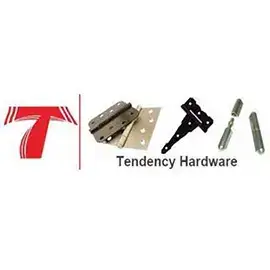When considering the functionality and longevity of your doors, it’s easy to overlook the unsung hero in this scenario—the door stopper hinge. These unassuming yet indispensable components play a pivotal role in preventing doors from swinging uncontrollably, safeguarding your walls from potential damage, and ensuring the doors close seamlessly. Nevertheless, akin to any mechanical part, door stopper hinges are susceptible to wear and tear over time. This wear and tear can manifest as irksome squeaks, compromised functionality, or, in extreme cases, complete failure. To circumvent these issues and extend the lifespan of your door stopper hinges, it is imperative to adhere to straightforward maintenance and care practices. In this comprehensive guide, we will delve into various strategies to maintain the impeccable working condition of your door stopper hinges for years to come.
Understanding Door Stopper Hinges
Before diving into maintenance and care tips, it’s helpful to understand the basic structure and function of door stopper hinges. These hinges are typically small, spring-loaded devices that attach to the baseboard or wall, just behind the door. Their primary purpose is to prevent the door from opening too far and damaging the wall or other objects in its path. Door stopper hinges work by using a spring mechanism that absorbs the force of the door and gently returns it to a closed position when opened.
While they may seem simple, door stopper hinges consist of several components, including the base plate, hinge pin, stopper arm, and spring. Each of these parts is crucial for the hinge’s proper functioning, and neglecting any of them can lead to premature wear and tear.
Regular Cleaning
Regular cleaning of your door stopper hinges is a fundamental step in ensuring their longevity. Dust and dirt accumulation can not only affect the appearance but also hinder the smooth operation of the hinge. To clean them effectively:
Frequency: Aim to clean the hinges every few months, but more frequently if you live in a dusty environment.
Tools: Use a soft brush, such as a paintbrush or an old toothbrush, to gently sweep away dust and dirt. A vacuum cleaner with a nozzle attachment can be handy for removing debris from hard-to-reach areas.
Cleaning Solution: If your hinges are particularly dirty or greasy, you can mix a mild detergent with water and use a cloth or sponge to wipe down the hinge components. Be sure to rinse thoroughly with clean water and allow it to dry completely before lubricating.
Lubricating Door Stopper Hinges

Proper lubrication is key to maintaining the smooth functioning of your door stopper hinges and preventing annoying squeaks. Follow these lubrication guidelines:
Lubricant Choice: Use a silicone-based or graphite lubricant designed for door hinges. Avoid using oil-based lubricants, as they can attract dust and become gummy over time.
Application: Apply lubricant to the moving parts of the hinge, including the hinge pin and the spring. Open and close the door several times to ensure even distribution of the lubricant.
Frequency: Lubricate your hinges as recommended by the manufacturer or whenever you notice increased friction or squeaking. In general, semi-annual lubrication should suffice for most hinges.
Tighten Loose Screws
Over time, the screws that secure the hinge to the baseboard or wall can become loose due to the constant movement of the door. Loose screws can lead to misalignment and decreased hinge performance. Here’s what to do:
Inspection: Periodically inspect all screws on the hinge to identify any that have become loose.
Tightening: Using a screwdriver, carefully tighten any loose screws until they are snug. Be cautious not to overtighten, as this can strip the screw holes or damage the hinge.
Check for Wear and Tear

Regularly assessing the condition of your door stopper hinges is essential for detecting and addressing potential issues early on. Here’s how to perform a thorough inspection:
Visual Examination: Examine the hinge components, including the base plate, hinge pin, stopper arm, and spring, for any signs of wear, cracks, rust, or damage.
Operational Check: Open and close the door several times to see if there are any unusual sounds or resistance in the hinge’s movement.
Replacement: If you notice significant wear or damage, it’s advisable to replace the hinge promptly to avoid further complications.
Adjust the Stopper Arm of Door Stopper Hinges
Adjusting the stopper arm correctly can help prevent undue stress on the hinge when the door is opened. Follow these steps:
Refer to Instructions: Consult the manufacturer’s instructions or guidelines that came with your door stopper hinge to understand how to adjust the stopper arm.
Fine-Tuning: Make adjustments to the stopper arm to ensure the door opens to your desired angle without putting excessive strain on the hinge.
Avoid Overloading
The door stopper hinge is designed to limit the door’s swing and protect your walls from damage. However, it is not meant to bear heavy loads or excessive force. Educate household members and guests about the proper usage of the door stopper hinge:
No Leaning: Avoid leaning on the door or using it as support. Leaning on the door can exert too much pressure on the hinge, potentially causing it to malfunction or wear out prematurely.
No Hanging Heavy Objects: Discourage the use of the door stopper hinge as a hook for heavy bags, coats, or other items. This can also strain the hinge and lead to damage.
Choose Quality Door Stopper Hinges
When installing or replacing door stopper hinges, invest in high-quality hinges from reputable manufacturers. Here’s why quality matters:

Durability: Quality hinges are designed to withstand frequent use and are less likely to wear out quickly.
Smooth Operation: They provide smoother and quieter door movement, enhancing the overall user experience.
Longevity: Quality hinges often come with warranties, giving you peace of mind about their longevity.
Weatherproofing
If you plan to install door stopper hinges in outdoor or exposed environments, consider using weatherproof hinges. These specialized hinges are designed to resist rust and corrosion caused by moisture and the elements:
Materials: Weatherproof hinges are typically made from materials such as stainless steel or zinc-plated steel, which are corrosion-resistant.
Sealing: Some weatherproof hinges come with built-in seals or gaskets to further protect against moisture intrusion.
Educate Household Members
It’s essential that everyone in your household understands the purpose and proper use of door stopper hinges:
Education: Explain to family members and guests that the door stopper hinge is there to prevent damage to walls and furniture, and it should not be used for any other purpose.
Gentle Usage: Encourage gentle and mindful use of doors, avoiding slamming or forcefully pushing them open.
Regular Inspections
Even if your door stopper hinges appear to be in good working order, routine inspections are crucial for identifying any potential problems before they escalate:
Schedule: Set a schedule for inspecting your door stopper hinges, such as every six months or annually.
Visual and Operational Check: Perform both visual examinations and operational checks to ensure the hinges are functioning smoothly without any unusual sounds or resistance.
Conclusion
Door stopper hinges may be small and inconspicuous, but they play a crucial role in preserving the integrity of your doors and walls. By following these maintenance and care tips, you can ensure that your door stopper hinges remain in excellent working condition for years to come. Regular cleaning, lubrication, and inspections, along with responsible usage, are key to prolonging the life of these essential components. Remember that investing a little time and effort in maintaining your door stopper hinges can save you from costly repairs and replacements in the long run, while also keeping your doors functioning smoothly and quietly.
